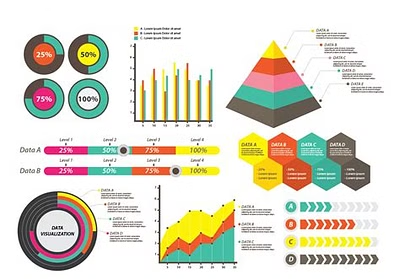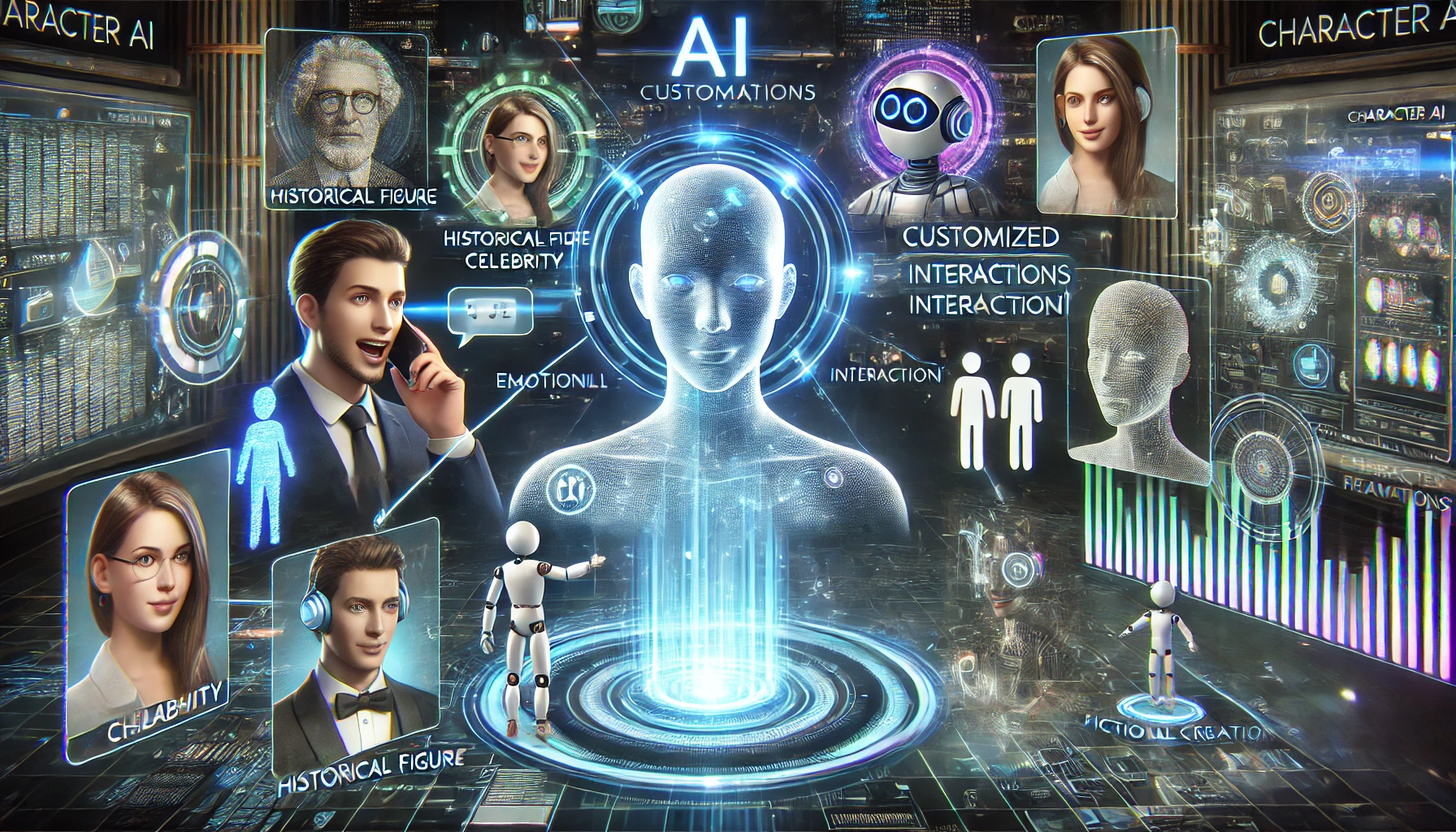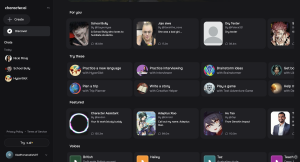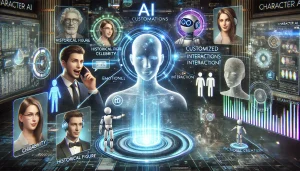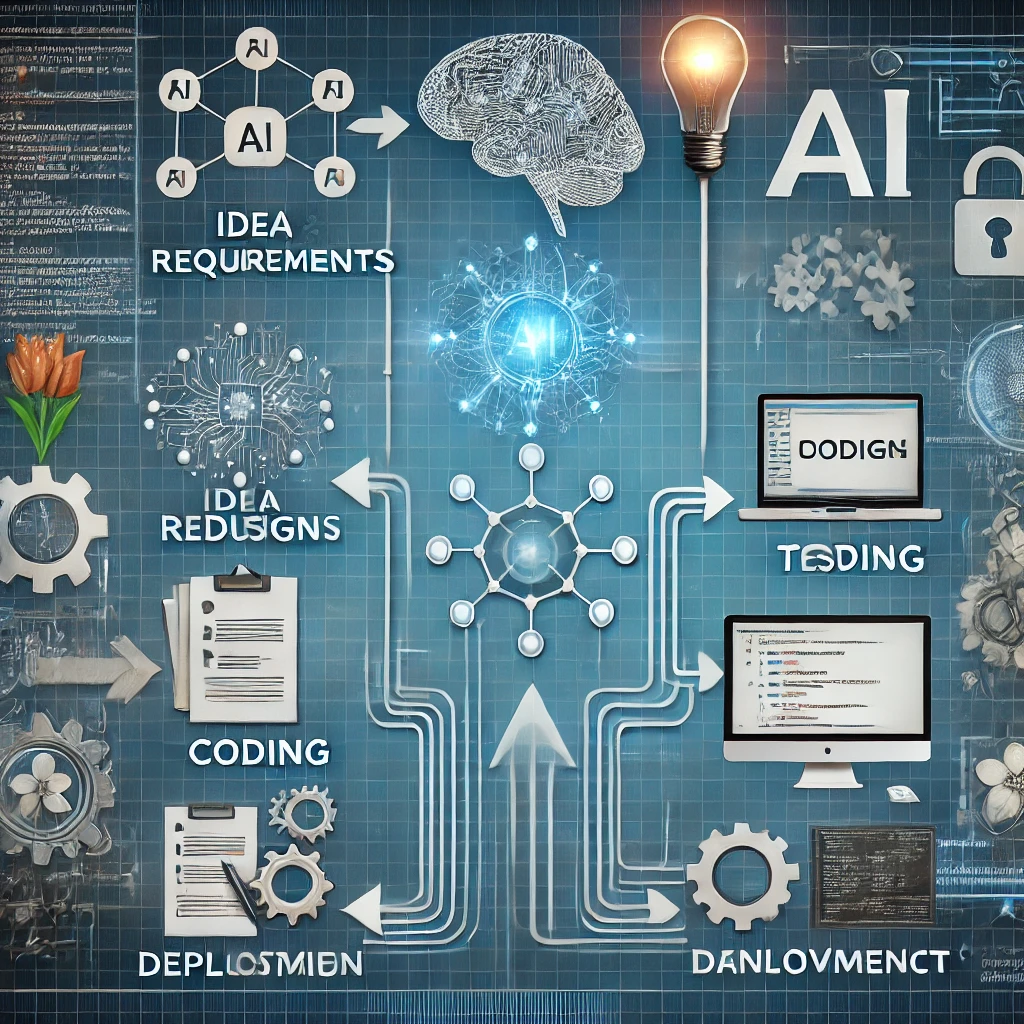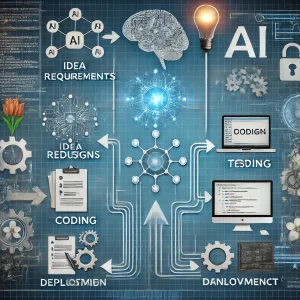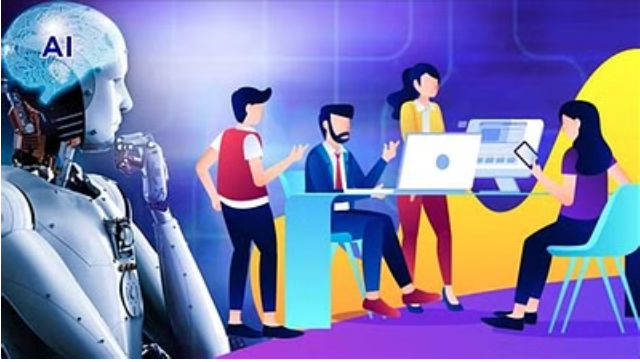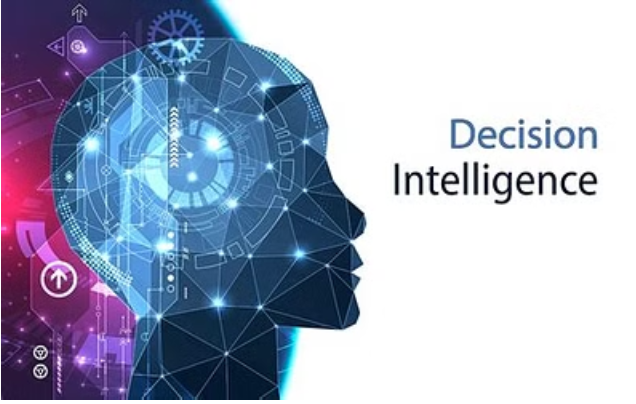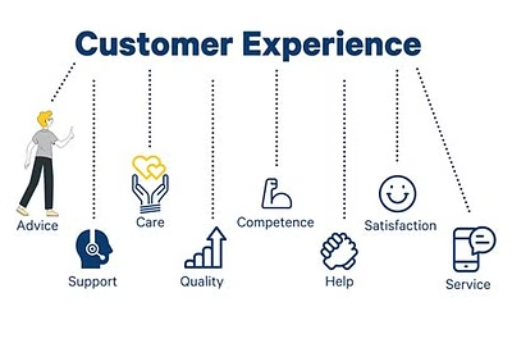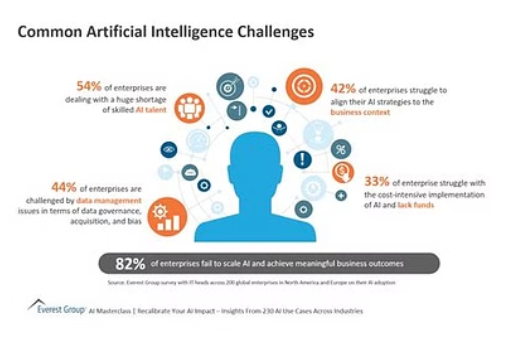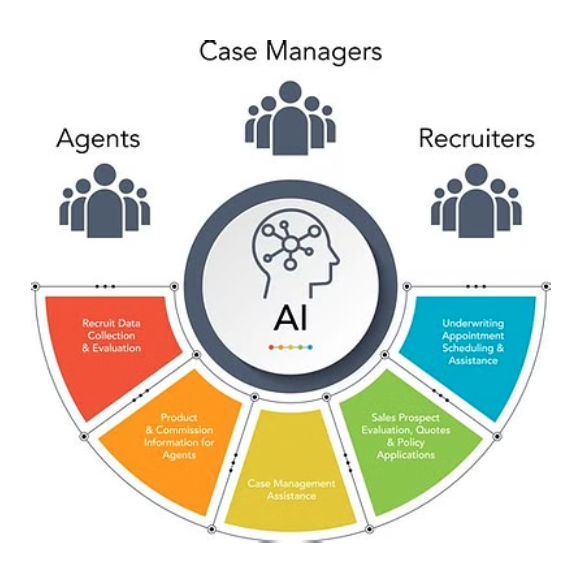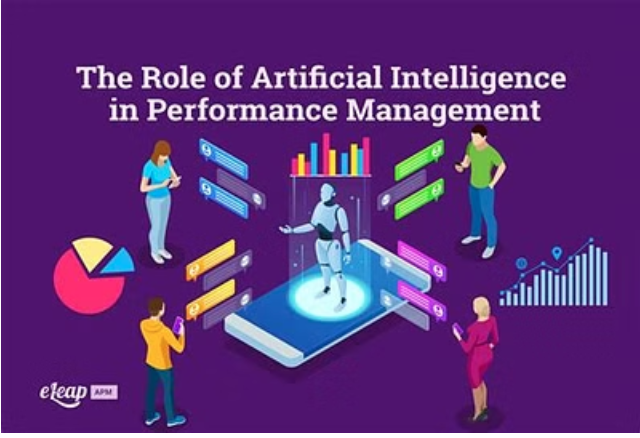Trong thời đại số hóa, AI và tự động hóa đang dần trở thành những yếu tố cốt lõi trong quá trình quản lý dự án.
Với khả năng xử lý dữ liệu khổng lồ và thực hiện các nhiệm vụ phức tạp một cách nhanh chóng, AI đang cách mạng hóa cách các nhà quản lý dự án làm việc, mang lại hiệu quả cao hơn và giảm bớt gánh nặng công việc lặp đi lặp lại.
Bài viết này sẽ khám phá các khía cạnh mà AI và tự động hóa đang thay đổi quản lý dự án, từ việc tự động hóa công việc hàng ngày đến dự đoán tiến độ và tối ưu hóa năng suất nhóm.

1. Tự Động Hóa Công Việc Hàng Ngày
Việc tự động hóa các công việc hàng ngày trong quản lý dự án với AI không chỉ giúp tiết kiệm thời gian mà còn tăng cường hiệu quả làm việc, giảm thiểu sai sót và giúp các nhà quản lý dự án có thêm thời gian để tập trung vào các nhiệm vụ chiến lược quan trọng. Điều này không chỉ nâng cao hiệu suất tổng thể của dự án mà còn tạo điều kiện cho sự phát triển bền vững của doanh nghiệp.
Cập nhật tiến độ
AI có thể tự động cập nhật tiến độ của dự án dựa trên dữ liệu được thu thập từ các thành viên trong nhóm. Điều này không chỉ giảm bớt công việc thủ công mà còn giúp đảm bảo rằng thông tin luôn được cập nhật kịp thời và chính xác. AI có thể theo dõi tiến độ công việc, nhận diện các vấn đề tiềm ẩn, và điều chỉnh lịch trình nếu cần, từ đó cho phép nhà quản lý dự án tập trung vào những việc quan trọng hơn như chiến lược và ra quyết định.
Ví dụ: Thay vì phải kiểm tra và cập nhật tiến độ từng thành viên, AI có thể tự động thu thập dữ liệu từ các công cụ quản lý dự án, sau đó tổng hợp và cập nhật tiến độ một cách liên tục, giúp nhà quản lý dự án luôn nắm được tình hình thực tế.
Gửi nhắc nhở
Hệ thống AI có thể gửi nhắc nhở tự động cho các thành viên trong nhóm về các nhiệm vụ cần hoàn thành, đảm bảo rằng tiến độ công việc luôn được theo dõi và điều chỉnh kịp thời. AI có thể tạo và gửi báo cáo tiến độ đến các bên liên quan mà không cần sự can thiệp của con người, giúp giảm thiểu sai sót và tăng cường tính hiệu quả.
Ví dụ: AI có thể tự động nhắc nhở thành viên nhóm về các công việc sắp đến hạn, đồng thời tạo báo cáo tiến độ tổng hợp và gửi đến quản lý dự án cũng như các bên liên quan, đảm bảo mọi người đều có cái nhìn rõ ràng về tiến độ của dự án.
Quản lý tài liệu
AI có thể tự động hóa các quy trình quản lý tài liệu, bao gồm phân loại, lưu trữ và truy xuất thông tin, giúp tiết kiệm thời gian và tăng cường hiệu quả. Nhờ vào khả năng xử lý và phân tích dữ liệu nhanh chóng, AI có thể đảm bảo rằng tài liệu được sắp xếp một cách khoa học và dễ dàng truy cập khi cần thiết.
Ví dụ: AI có thể tự động phân loại tài liệu dựa trên nội dung và từ khóa, lưu trữ chúng trong các thư mục thích hợp, và cung cấp chức năng tìm kiếm thông minh để giúp người dùng dễ dàng truy xuất thông tin cần thiết mà không mất nhiều thời gian.
2. Dự Đoán Tiến Độ và Chi Phí
 |
Phân tích dữ liệu lịch sửAI có khả năng phân tích dữ liệu lịch sử của các dự án trước đó để đưa ra dự đoán về thời gian hoàn thành và chi phí của các dự án hiện tại. Lập kế hoạch chính xácĐiều này không chỉ giúp các nhà quản lý dự án lập kế hoạch chính xác hơn mà còn giúp họ điều chỉnh chiến lược để tránh những chi phí phát sinh không mong muốn. Dự đoán khả năng hoàn thànhMột công cụ AI có thể phân tích các mẫu dữ liệu từ hàng trăm dự án trước đó để dự đoán liệu một dự án có khả năng hoàn thành đúng hạn hay không, từ đó đề xuất các biện pháp phòng ngừa cần thiết. |
3. Tăng Cường Năng Suất của Nhóm
AI mang lại sự đột phá trong việc tăng cường năng suất của nhóm bằng cách phân tích dữ liệu công việc, đề xuất lịch trình làm việc tối ưu và tối ưu hóa việc phân bổ nhiệm vụ. Kết quả là hiệu quả làm việc của đội nhóm được nâng cao rõ rệt, và thời gian hoàn thành dự án được rút ngắn, góp phần vào sự thành công của tổ chức.
Phân tích dữ liệu công việc
AI có khả năng phân tích dữ liệu công việc và từ đó đưa ra các đề xuất về cách phân chia công việc một cách tối ưu. Bằng cách phân tích các yếu tố như kỹ năng, kinh nghiệm, và hiệu suất của từng thành viên, AI đảm bảo rằng mỗi người đều được giao những nhiệm vụ phù hợp nhất với khả năng của họ. Điều này không chỉ giúp nâng cao hiệu suất công việc cá nhân mà còn tạo ra sự cân bằng và hài hòa trong đội nhóm.
Ví dụ: Một thành viên trong nhóm có kinh nghiệm về lập trình sẽ được giao các nhiệm vụ phức tạp hơn về kỹ thuật, trong khi những người có kỹ năng quản lý thời gian tốt có thể tập trung vào việc điều phối và giám sát các công việc.
Tăng cường hiệu quả
AI có thể sử dụng lịch sử công việc và dữ liệu về năng suất của các thành viên để đề xuất lịch trình làm việc hiệu quả nhất. Hệ thống này đảm bảo rằng không ai bị quá tải công việc hoặc ngược lại, bị thiếu việc làm. Bằng cách tối ưu hóa lịch trình làm việc, AI giúp đảm bảo rằng tất cả các thành viên trong nhóm đều hoạt động ở mức hiệu quả tối đa.
Ví dụ: Nếu một thành viên thường hoàn thành nhiệm vụ sớm, AI có thể điều chỉnh và phân công thêm nhiệm vụ phù hợp để tận dụng thời gian và kỹ năng của người đó một cách tối ưu nhất.
Giảm thời gian hoàn thành dự án
AI không chỉ giúp tối ưu hóa việc phân bổ nhiệm vụ mà còn góp phần rút ngắn thời gian hoàn thành dự án. Bằng cách phân chia công việc hợp lý và đảm bảo rằng mỗi người đều làm việc với năng suất tối đa, AI giúp giảm thiểu sự lãng phí thời gian và tài nguyên, từ đó rút ngắn thời gian cần thiết để hoàn thành các mục tiêu của dự án.
Ví dụ: AI có thể dự đoán thời gian hoàn thành cho từng nhiệm vụ dựa trên dữ liệu lịch sử và tự động sắp xếp thứ tự ưu tiên công việc để đảm bảo rằng dự án được hoàn thành trong thời gian ngắn nhất có thể.
4. Kết Luận
Hiệu quảSự tích hợp của AI và tự động hóa trong quản lý dự án không chỉ giúp tăng cường hiệu quả mà còn mở ra nhiều cơ hội mới cho các nhà quản lý dự án. Cơ hội mớiTừ việc tự động hóa các nhiệm vụ hàng ngày đến dự đoán tiến độ và tối ưu hóa năng suất, AI đang thay đổi cách chúng ta tiếp cận và quản lý các dự án. Lợi ích to lớnAI mang lại nhiều lợi ích to lớn trong tương lai, giúp các dự án được quản lý hiệu quả hơn, tiết kiệm thời gian và chi phí. |
 |

